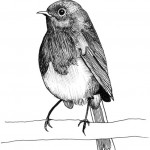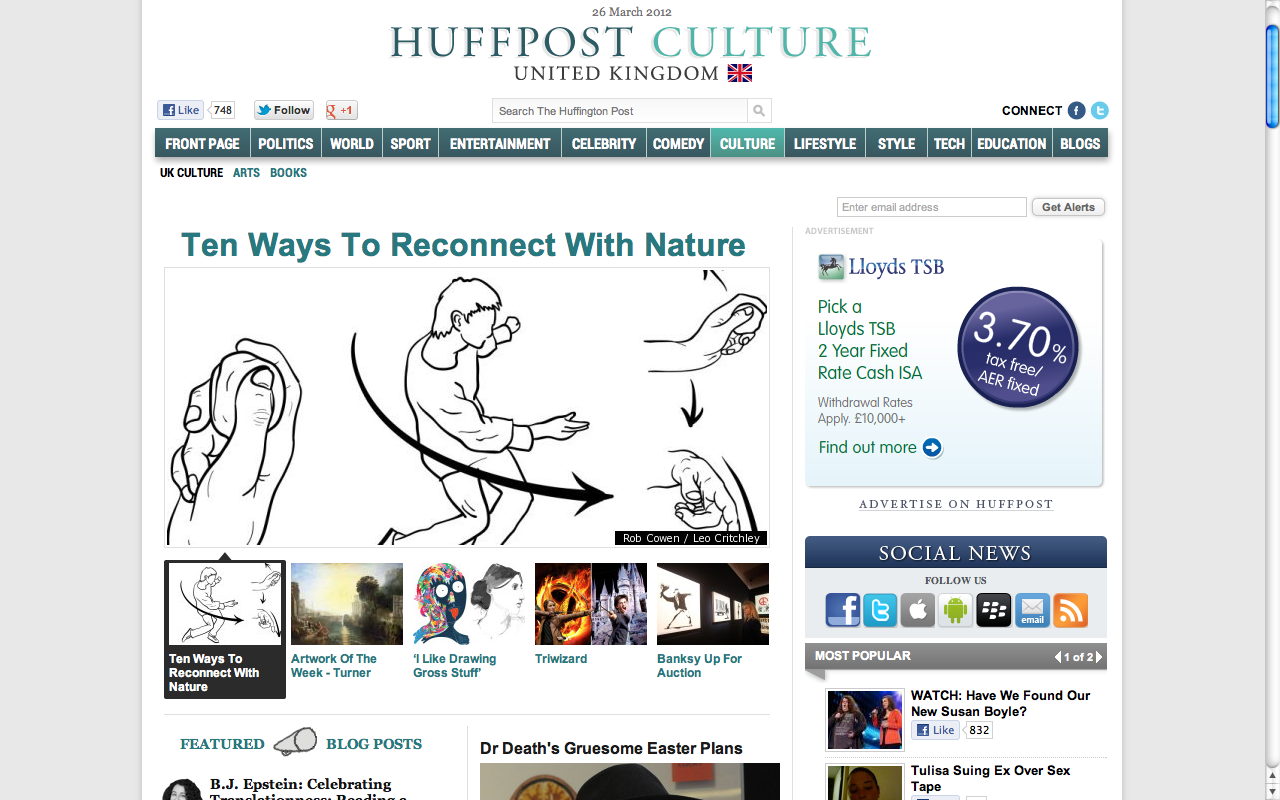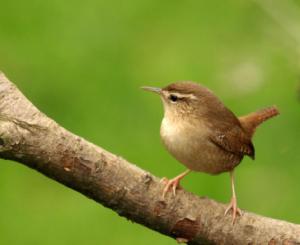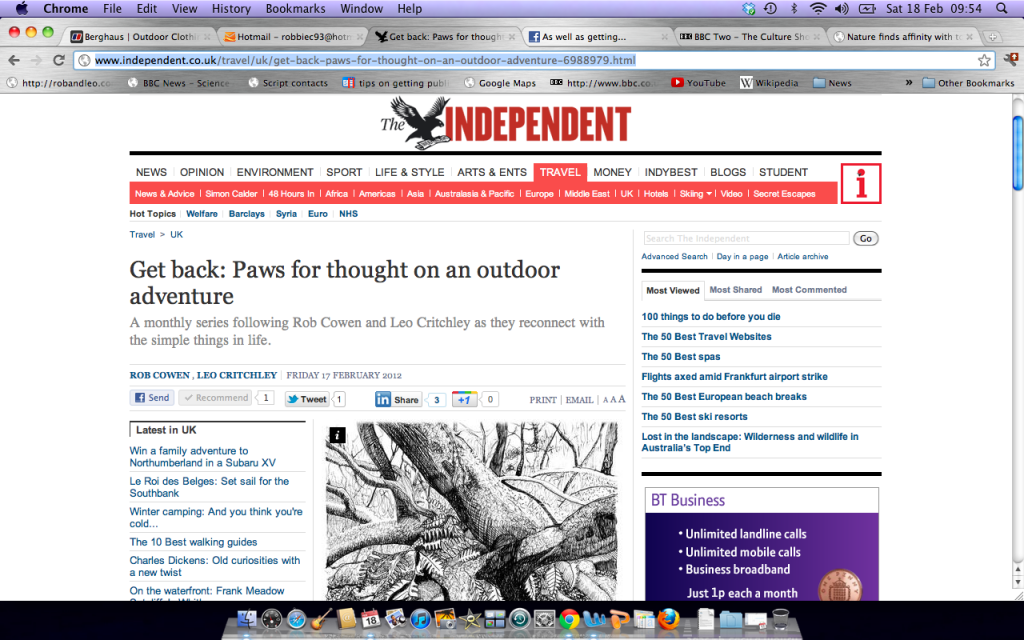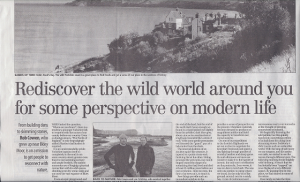Our latest column in the Independent went in on Saturday. It is all about making elder whistles. To some this may seem an unusual way to spend a day – especially when you can buy a whistle fairly cheaply in a shop – but, as with all the activities in Skimming Stones, the secret is what this simple restorative ritual engenders. It is striking the right note to start a relationship.
Elder is only tree for the job because of the soft pith that runs through the core of its branches, which can be hollowed out very easily to leave a wooden tube that may be used for anything from pipes to primitive paintball guns. Identifying it requires us to look more closely at our surroundings; we have to differentiate between that tree and all the others. Immediately we are drawing closer to the land and to the wood.
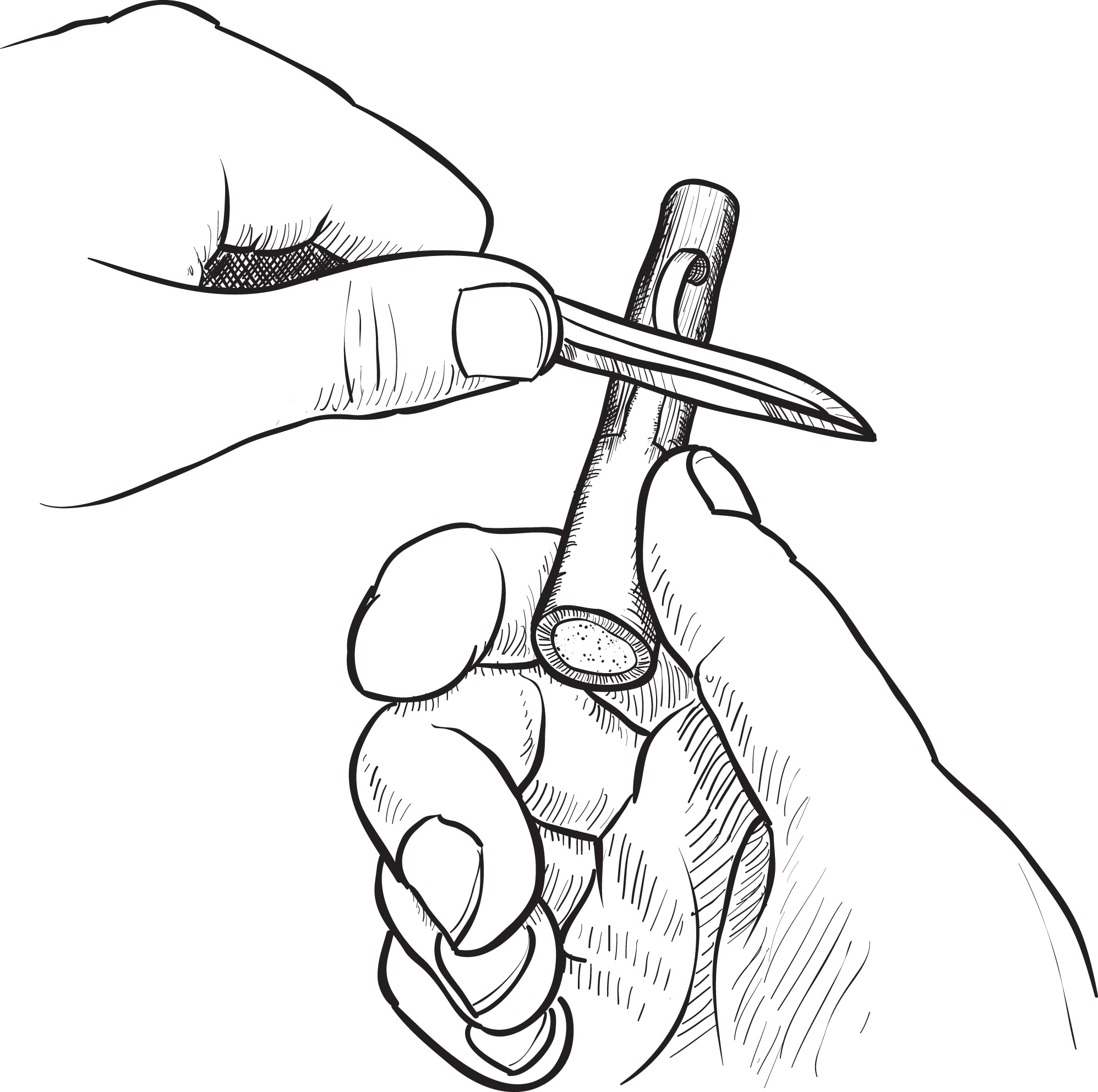
Just as we learn to recognise one tree, to handle it and work with it, so too can we begin to familiarise ourselves with others. Soon the whole forest becomes transformed from an amorphous green mass on the edge of our vision to something far more interesting and rewarding. It is somewhere to walk through, to dwell in.
Revisiting at different times of the year we see the different tree types in metamorphosis. Not only do we learn to pick out species, we pick out individual trees. Woods become places to see old friends and watch as they transform through the seasons.
Read our column Natural harmony? Listen to your elders in the Independent here and start your journey back to the woods.
– Rob –
